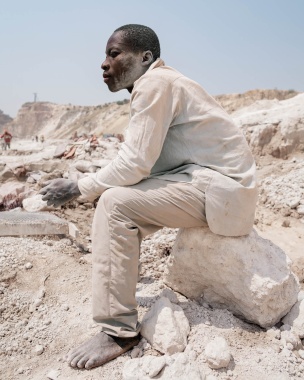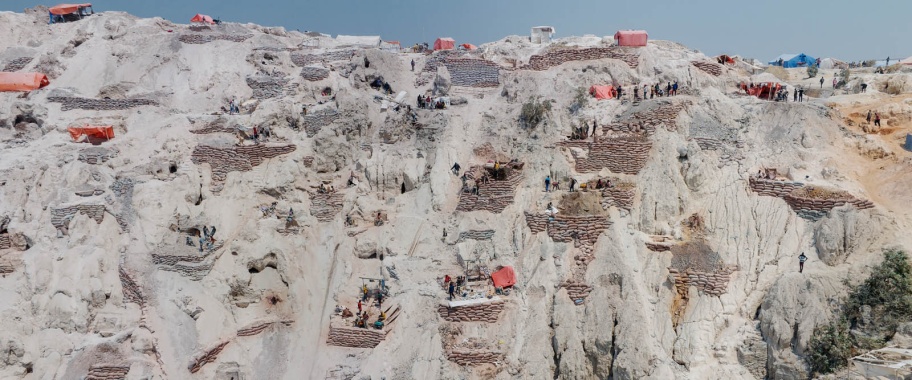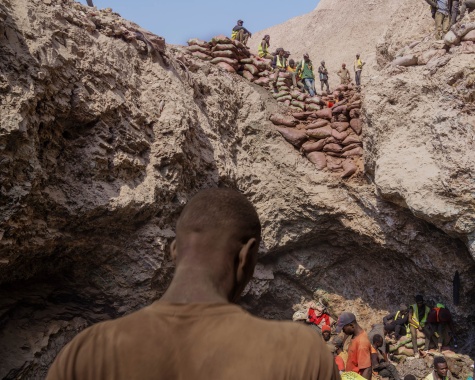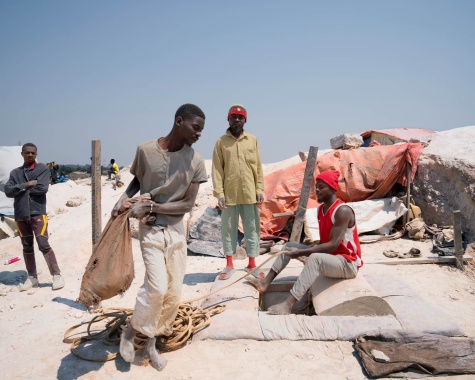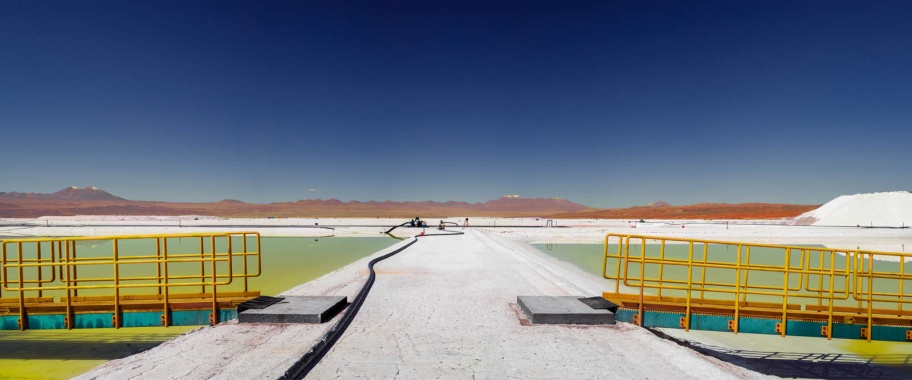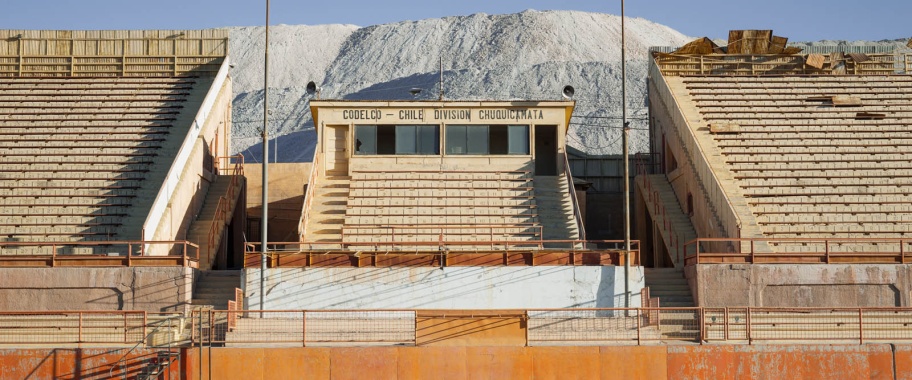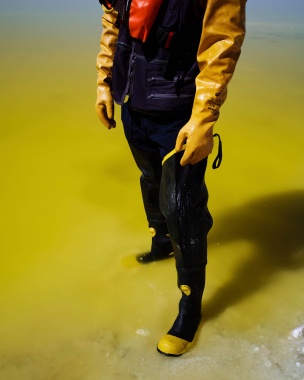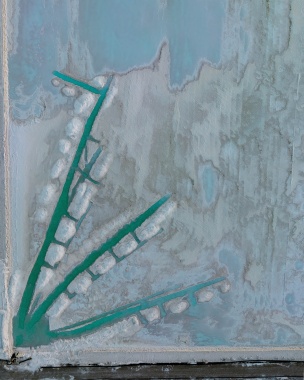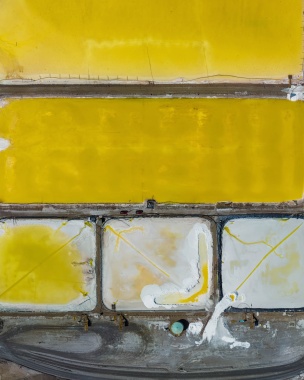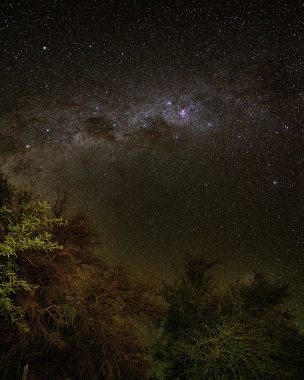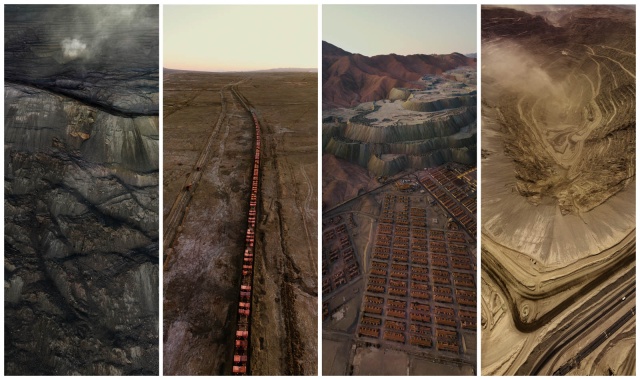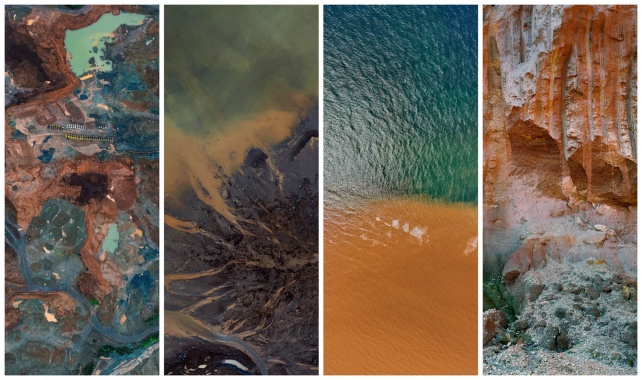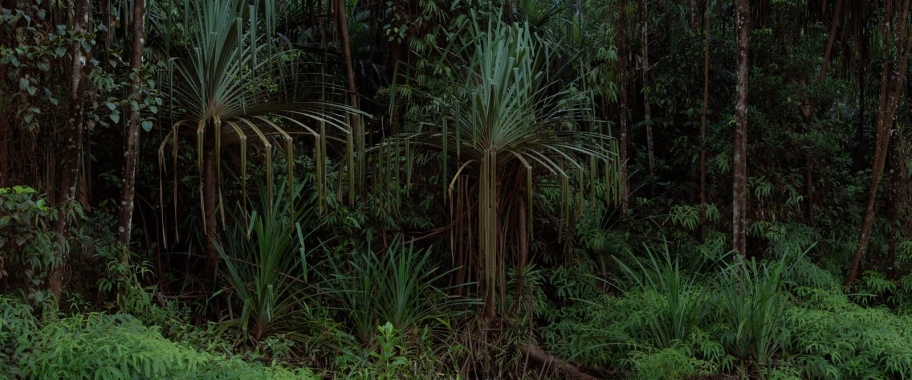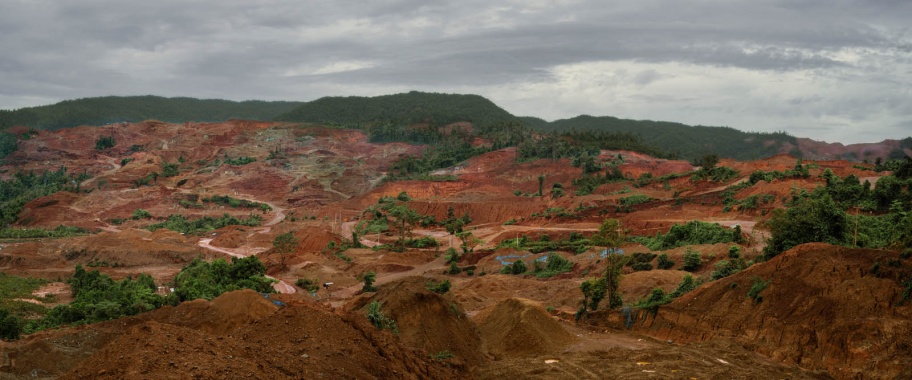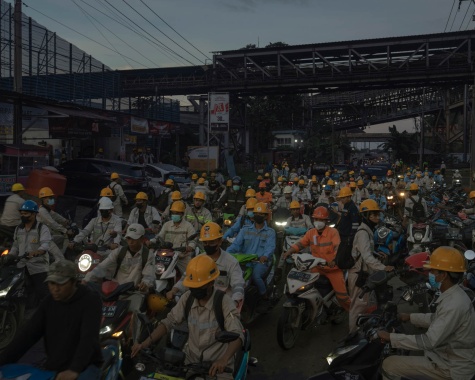Davide Monteleone: Critical Minerals – Geography of Energy
Cobalt, copper, lithium and nickel are the much sought-after materials needed for the current transition to renewable energies, which is the result of the desired change in global energy policies. Each chapter of Monteleone’s project looks at the extraction of a particular mineral, uncovers the often overlooked supply chains, and scrutinises the complex impacts on the affected regions in the Democratic Republic of Congo, Chile and Indonesia.
Barefoot labourers working with the simplest of tools in barely-safe tunnels, contaminated water, and poisoned areas of devastation: in every one of the regions the photographer focussed on for his series, the enormous problems associated with the extraction of raw materials are evident. In order to realise the promise of “clean” technologies in the future, there is a need for special materials, some of which are extracted under questionable, inhumane and environmentally-harmful conditions. E-cars, which are supposed to improve our carbon footprint, smartphones, which have become an integral part of everyday communication, batteries, which in the future will also store surplus energy from wind and solar technology: they all need cobalt – among other things –, turning it into a much-coveted resource. The largest proportion of the mineral is extracted in the Democratic Republic of the Congo, but little of the financial return generated by the process ends up with the people in the mining regions. This is because it is refined by companies in other countries. China, for example, is now the world’s largest importer of cobalt. Therefore, Monteleone considered it important to also name the supply chains that are used for the new and supposedly better energies.
“Most importantly, the story builds a correlation between each element and the story of an individual or a community related to it, unfolding the relationship between humans and consumption in a poetic but journalistically rigorous narrative.”
Monteleone’s LOBA series presents the mining locations of various minerals. So far he has documented cobalt mines in the Democratic Republic of the Congo, copper and lithium mining in Chile, and nickel extraction in Indonesia. A further chapter on rare earths will be added to the project.
The Atacama Desert in Chile is counted among the driest places on Earth; lithium is processed there in large evaporation ponds, while water for the general population is becoming increasingly scarce. Other images taken by Monteleone in Chile show an abandoned ghost town that is slowly being buried by the spoil heaps from the open-cast copper mine. Chuquicamate was founded as a mining camp, but it was soon clear that it was too close to the mine itself. “Dust from the mine and gases from the nearby smelting plant caused the mining company to relocate the entire town,” the photographer explains. “Besides the health and safety concerns, the company was running out of convenient places to pile up mine debris. To extract one kilogram of copper, 100 kilograms of rock has to be removed from the ground.” It was this mine waste that ended up burying the former settlement. “In Sulawesi, Indonesia, extensive nickel mining has led to significant deforestation, stripping large areas of natural vegetation,” Monteleone reports. “This environmental degradation disrupts local ecosystems, leads to a loss of biodiversity and increases soil erosion, while the removal of forests also exacerbates the risk of flooding.”
“Through the multiple formats of the project, incorporating photography, video, data, and mapping, this work aims to inform and captivate audiences and offer a fresh perspective on the potential pathways toward a more sustainable and diversified supply chain.”
The photographer has used various types of media and perspectives for his series. The colourful landscapes, some of which were photographed from a bird’s eye view, are complemented in the overall project by videos, to enable a stronger emphasis on individual and personal stories. The series clearly reveals that the pursuit of more environmentally-friendly energy production harbours the danger of repeating the same mistakes as in the past, instead of ushering in a fair and sustainable future. As a result, science, business, politics, human rights and environmental activism have already begun questioning the high costs of today’s energy transition.
Davide Monteleone’s series was submitted by Antonia Benedetta Donato, one of this year’s group of 80 international LOBA nominators.
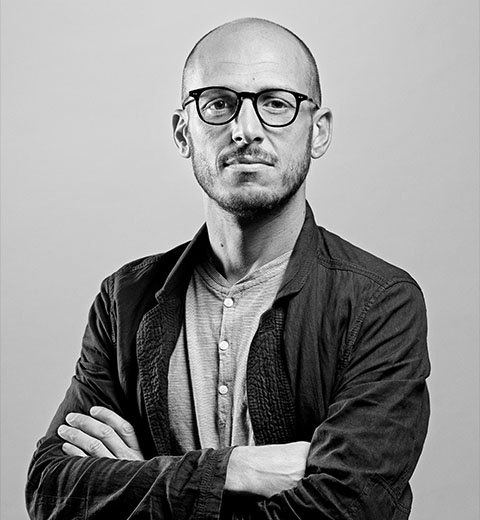
Davide Monteleone
Born in 1974 in Potenza, in Italy’s Basilicata Region, the photographer currently lives in Switzerland. He has a Master’s Degree in Art and Politics from the Goldsmith University London, and works as a curator and lecturer at many public and private institutions. As of 2001 he spent a decade living and working in Russia. His work as a visual artist and researcher encompasses the fields of image design, visual journalism and writing. For several years he has been focussing on climate issues in the tense relationship between economics and geopolitics. Monteleone has published numerous books and writes regularly for magazines such as National Geographic, TIME, and The New Yorker. His work has been exhibited many times. Among others, he has been honoured with the National Geographic Storyteller's Fund, the National Geographic Society Fellowship, the Asia Society Fellowship, the Carmignac Photojournalism Award, the EPEA Award, the European Publishers Award and several World Press Photo Awards, among others. In 2020, he already made it onto the LOBA shortlist with his ‘Sinomocene’ series.
Portrait: © Lorenzo Poli
